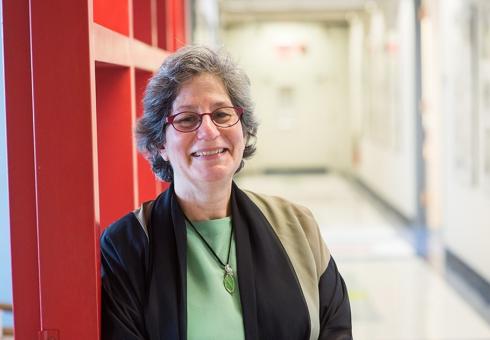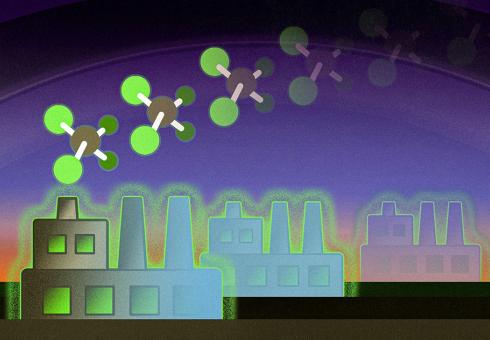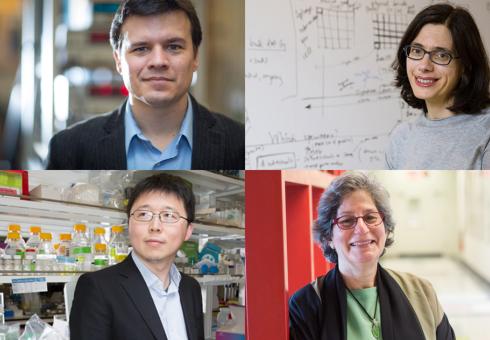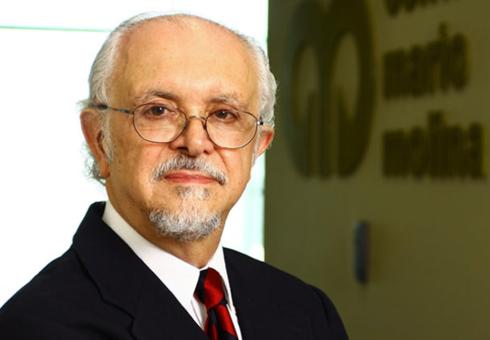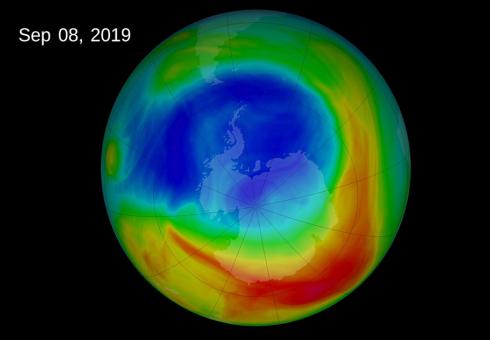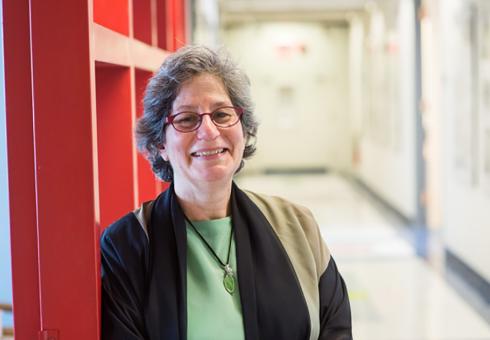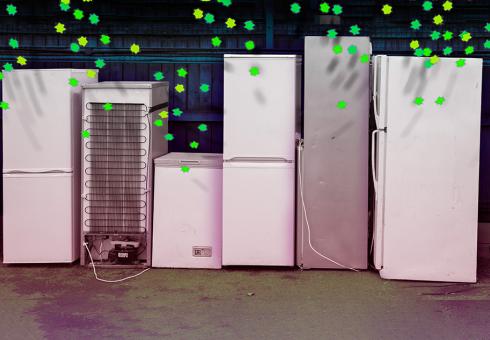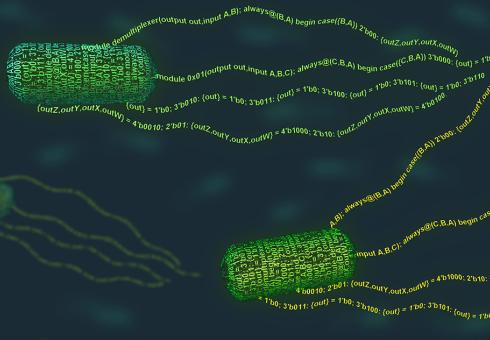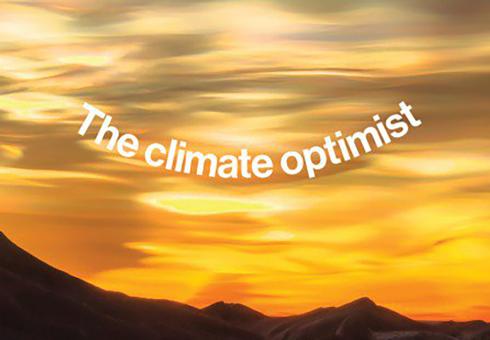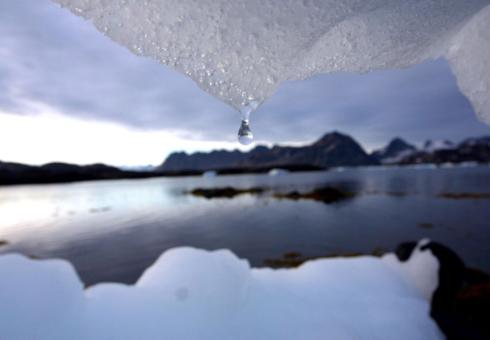MIT professor describes her path to the Institute, her work on ozone depletion, and her insights on the state of climate policy
News and Outreach: Susan Solomon
New results point to unexpected, illegal production of several CFCs in recent years
As atmospheric concentrations of CFC-11 drop, the global ocean should become a source of the chemical by the middle of next century (Coverage: Scientific American)
Pablo Jarillo-Herrero, Aviv Regev, Susan Solomon, and Feng Zhang are the recipients of distinguished awards for major contributions to science
The atmospheric chemist shared the Nobel Prize for the discovery that chemicals known as CFCs deplete the ozone layer
The Montreal Protocol has begun to heal the Antarctic ozone hole, but recent research shows that new unexpected emissions are undermining the Protocol’s success
Atmospheric chemist is recognized for her “leadership in working toward real-world solutions to address the global climate crisis.”
Recovering and safely destroying the sources of these chemicals could speed ozone recovery and reduce climate change
MIT Joint Program researchers explore science and policy implications at BU workshop
Joint Program researchers contribute to new MIT report on climate, agriculture, water and food security
Susan Solomon’s research pinpointed how CFCs caused the Antarctic ozone hole—and later showed that the Montreal Protocol is helping to mend it. She’s convinced we can make progress on addressing climate change, too. (Technology Review)
MIT atmospheric chemist Susan Solomon delivers the portion of the Bulletin of the Atomic Scientists statement focused on climate change, an area of particular concern (Nature)

